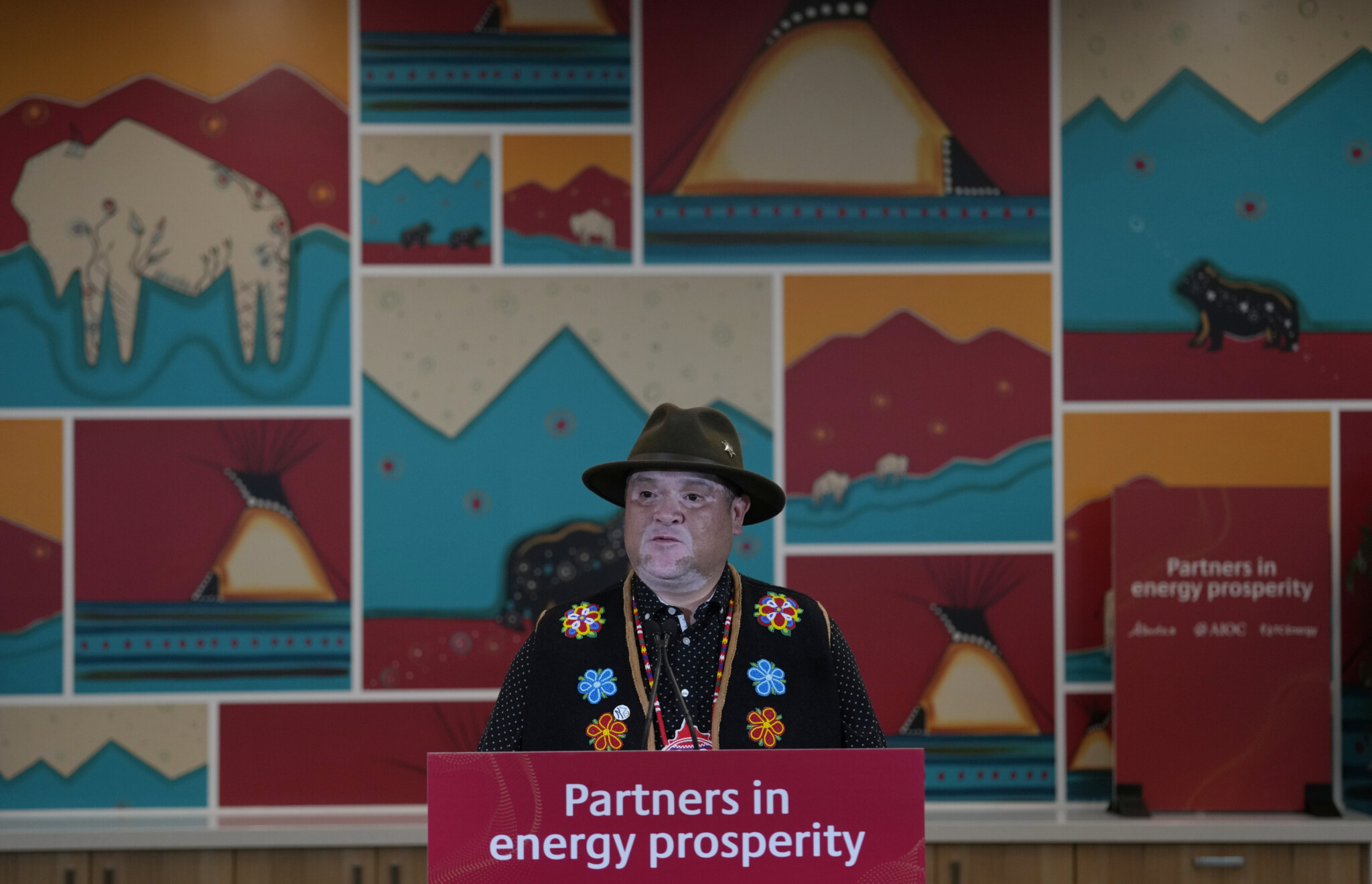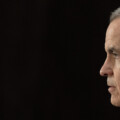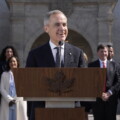Conservative leader Pierre Poilievre has surprised a lot of people by placing a real emphasis on his party’s relationship with Indigenous peoples. Not only has he recruited high-profile Indigenous politicians like Ellis Ross and Chief Billy Morin to be candidates, but he’s even addressed the annual meeting of the Assembly of First Nations.
As he thinks about how best to translate these efforts of engagement and outreach into a practical policy agenda, he ought to prioritize economic reconciliation over certain political reforms. This is a balance that the Trudeau government has failed to abide by.
In November 2021, Prime Minister Justin Trudeau issued a statement on the 25th anniversary of the final report of the Royal Commission on Aboriginal Peoples (RCAP)—a massive five-volume report containing 440 recommendations covering most areas of Canada’s Indigenous life.
The prime minister proudly stated his government followed through on one RCAP recommendation: In 2017, it established the Department of Crown-Indigenous Relations and North Affairs and the Department of Indigenous Services as separate departments.
Yet his government neglected—like others before it—a much more significant recommendation: the creation of economically viable and eventually self-sufficient Indigenous communities.
The result is that most Indigenous governments in Canada—even self-governing modern treaty governments—are no closer to achieving RCAP’s vision of self-sufficient Indigenous governments.
It reflects a consistent problem in the discourse about advancing progress towards the overall goal of reconciliation. Indigenous activists and scholars too often put the politics of self-government before economics.
They advocate for independent political institutions, but without a realistic economic plan, these institutions will not be free of federal economic paternalism.
They fail to put the political cart behind the economic horse.
Over 20 years ago, Dene leader Stephen Kakfwi told an interviewer that First Nations seeking self-government must first consider their community’s financial viability. No government in the world, he said, provided free housing, free education, and free government. Kakfwi wisely observed that this would not create self-reliant individuals, families, and communities.
So, what will ensure a path toward economic viability for Indigenous communities that leave the Indian Act? Long-term data on Indigenous communities provides answers.
The National Indigenous Economic Development Board (NIEDB)’s flagship Aboriginal Economic Benchmarking Report found a recurring positive correlation between greater control over land and resources and higher socio-economic outcomes.
The NIEDB’s research reveals Canada’s modern treaty process provides the greatest Indigenous economic freedom because it provides the most significant control over land and resources. Modern treaties are land claims agreements signed since the 1970s between the Crown and First Nations, in which Indigenous parties abandon reserves and federal oversight. They involve wide-reaching control over lands and resources and often self-governing institutions.
These agreements provide a favourable investment climate and create greater potential for economic development and growth by instilling certainty over rights to land and resources.
Consider two case studies, one in the U.S. and one in Canada, to understand this fully.
First is the 1971 Alaska Native Claims Settlement Act (ANCSA). The second is the 1984 Inuvialuit Final Agreement (IFA). Both agreements involved Northern Indigenous groups extinguishing rights and title in exchange for cash and full control over lands and resources. Both agreements created arm’s length corporate structures to make sound business and investment decisions for the community.
Through ANCSA, U.S. Congress provided Alaska Natives with a total cash settlement of $962.5 million and title to surface and sub-surface to 40 million acres.
ANCSA turned the Alaska Native communities into for-profit regional and village corporations with legal obligations to generate profits for their shareholders.
Alaska Natives would not allow these entities to become regular corporations. They banned selling and trading shares on the open market. They adopted ancestral restrictions on shareholder eligibility to prevent takeovers.
Alaska Native communities used their revenues to establish a fiscal relationship between all corporations that included resource revenue sharing.
As a result, ANCSA created a significant socio-economic change within the Alaska Native population and shifted from subsistence-based activities toward a more middle-class existence over a few decades.
The corporation’s economic power rested on natural resource wealth (oil and timber). However, wise investment of settlement monies and resource revenues into other businesses and ventures ensures future economic viability.
Now, turning to Canada.
The Inuvialuit of the Western Arctic signed the Inuvialuit Final Agreement (IFA) with the federal government. The IFA created two institutions, the Inuvialuit Regional Corporation (IRC) and the Inuvialuit Game Council to oversee wildlife. The IRC corporate structure encompasses six community corporations.
The Inuvialuit Development Corporation (IDC) was the IRC’s business unit. The IDC invested settlement monies into business ventures within and outside the settlement region, focusing on creating Inuvialuit jobs. The IDC created over 20 subsidiary businesses and joint ventures in seven major business sectors. They invested in construction, manufacturing, environmental services, transportation, tourism and hospitality, real estate, and petroleum servicing.
The Inuvialuit Investment Corporation (IIC) is the IRC’s second subsidiary. IIC protects Inuvialuit funds, earns a five percent long-term return, and manages Inuvialuit corporation investment funds. Inuvialuit Social Development Fund—the non-income generating part of the IRC—provides Inuvialuit housing, health, welfare, education, and traditional language services.
The IFA created significant socio-economic change within the Inuvialuit Settlement Region, paralleling changes within Alaska Native society after the ANCSA. The two communities differ because the promised Mackenzie Valley Pipeline project never materialized for the Inuvialuit while the Trans Alaskan Pipeline did.
One wonders how the Mackenzie Valley Pipeline could have economically improved the condition of the Inuvialuit.
So, can one conclude Indigenous communities cannot achieve economic viability without substantial natural resources? Not necessarily. Indigenous communities without substantial natural resources tend to adopt two other economic development strategies: 1) expanding land holdings, including valuable urban lands; and 2) developing high-value-added, reserve-based businesses and niche industries.
Studies by the Fraser Institute and the C.D. Howe Institute reveal that many First Nations in Canada have access to their own source revenues. A 2016 Fraser study found at least 100 First Nations at that time had access to their own source revenues that exceeded government transfers.
To replicate such successes, Ottawa must fundamentally re-orient its Indigenous policy.
The federal government—in working with First Nations seeking freedom from the Indian Act and reserve system—must develop realistic economic viability plans before signing agreements. Ottawa must place economic success and viability at the centre of its Indigenous policy approach. New agreements must include for-profit corporate structures. Ottawa must provide Indigenous communities with the fiscal tools they need to succeed, including self-taxation powers and the ability to easily expand their land base for economic purposes.
Finally, Ottawa must recognize that future Indigenous economic viability hinges on the future of Canada’s resource economy. Governments must abandon green transition policies that run counter to future Indigenous viability.










